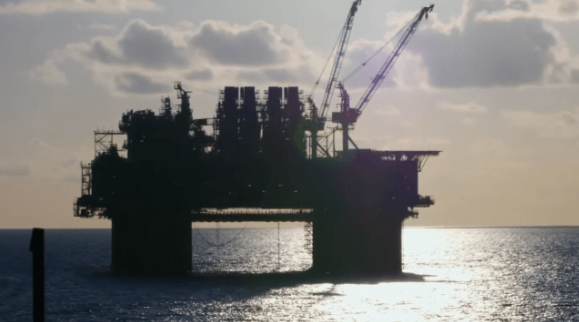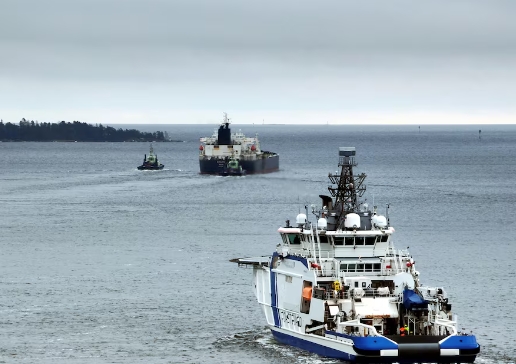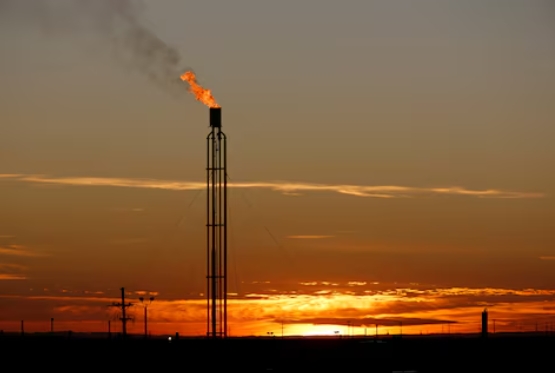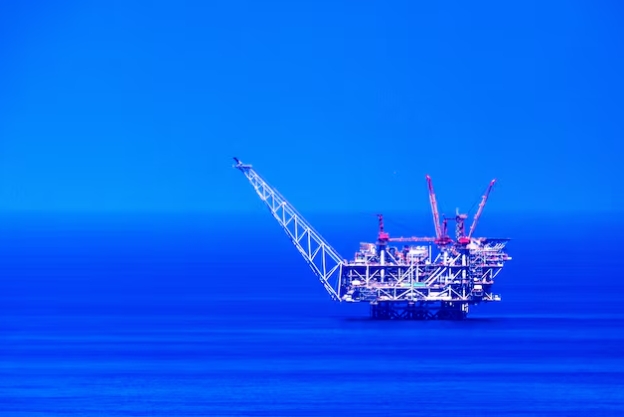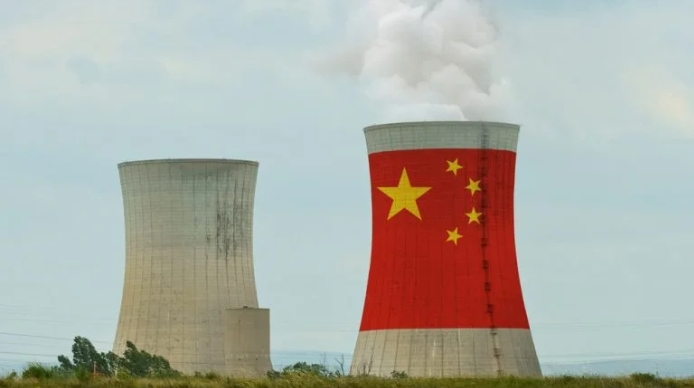
China’s State Council has approved 11 nuclear reactors across five sites in the provinces of Jiangsu, Shandong, Guangdong, Zhejiang, and Guangxi.
With a total investment of 220bn yuan ($31bn), construction is expected to take approximately five years.
China National Nuclear Corporation (CNNC) is reported to be building the world’s first high-temperature gas-cooled reactor to be coupled with a pressurised water reactor (PWR).
CNNC will build two Hualong One PWRs and one high-temperature gas-cooled reactor as Phase I of its Xuwei plant in Jiangsu province. Equipped with a steam heat exchange station, desalinated water will be heated to prepare saturated steam used for industrial heating.
Once operational, CNNC’s projects are predicted to generate more than 11.5 billion kWh, to reduce carbon dioxide emissions by 19.6 million tonnes each year.
CGN Power, a listed unit of state-owned China General Nuclear Power Group, is set to build its first nuclear power project in Shandong and its tenth nuclear power base as part of the permits.
CGN will also build two reactors as at the Lufeng plant in Guangdong province; and two additional Hualong One units at San’ao in Zhejiang province.
As of 30 June 2024, CGN operated 28 reactors with a total installed capacity of 31.8GW, and it had ten units under construction (12GW). Rounding out the permits is State Power Investment Corporation (SPIC) which is investing 40bn yuan ($5.6bn) in two CAP1000 PWRs in Guangxi province.
In a meeting, the State Council emphasised the importance of safety in nuclear power development to “promote the long-term and healthy development of the industry”.
China is a global leader in nuclear reactor construction, approving 35 new reactors since 2019. Currently, 56 are in operation, with a total installed capacity of 54.3GW.
Power Technology’s parent company GlobalData forecasts that China’s nuclear power market will grow at a compound annual growth rate of 6% by 2035.
Alongside nuclear, recent data from the National Bureau of Statistics showed that China’s coal production has increased alongside a consistent decline in thermal power generation.
